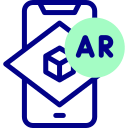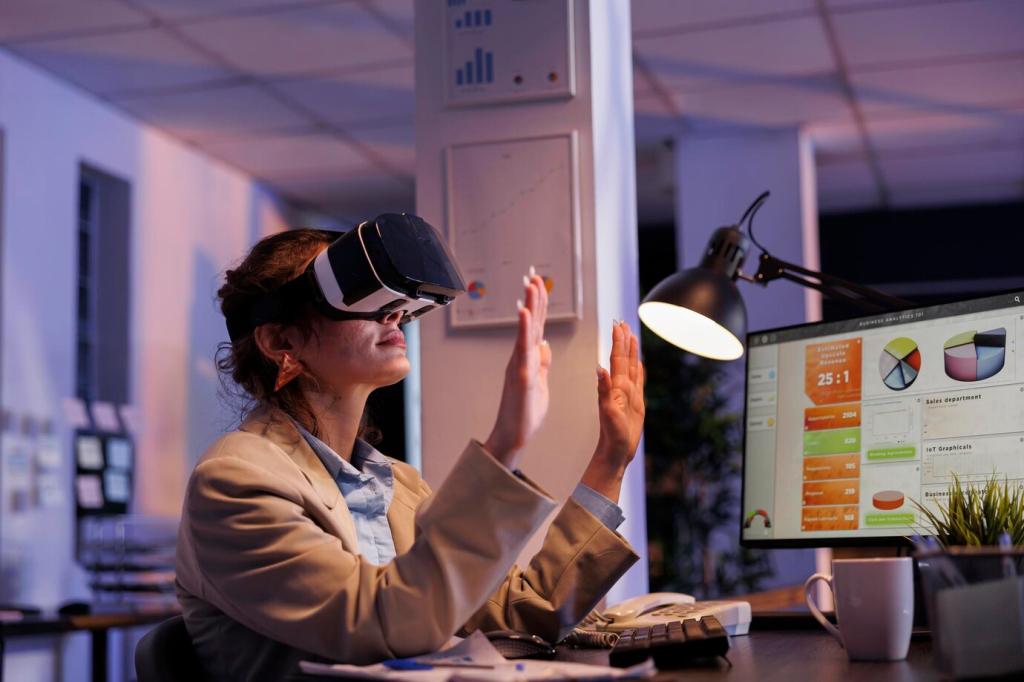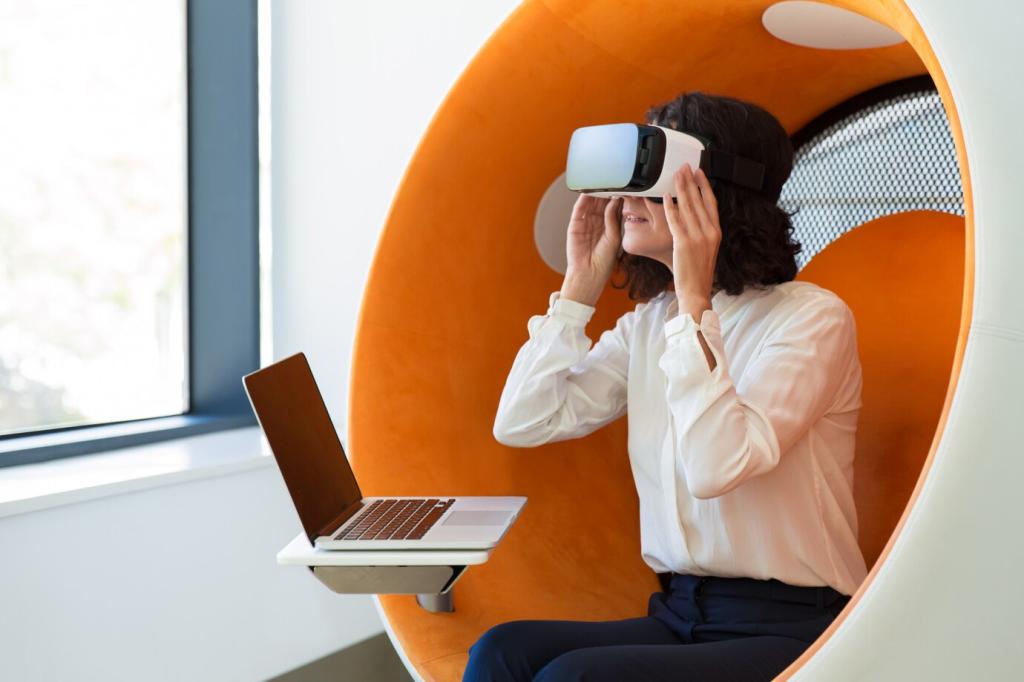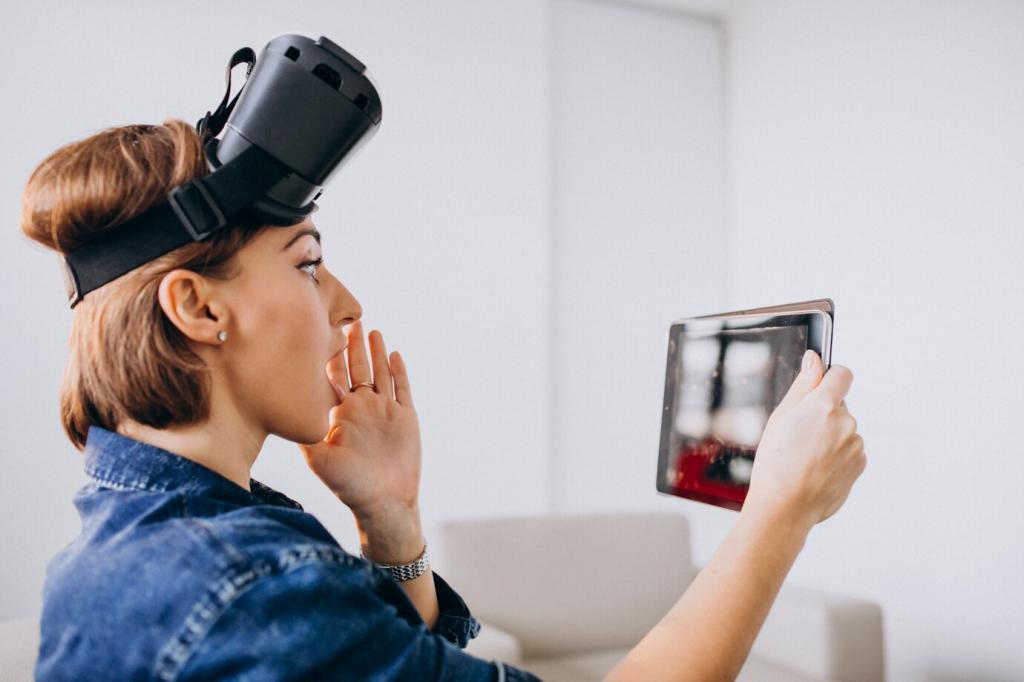Setting Up Your First AR Project
Install Xcode or Android Studio, confirm iOS and Android minimum versions, and enable camera, motion, and AR permissions. Keep rooms well‑lit for initial testing, clear reflective surfaces, and add textured features to help plane detection. Post your device list and we’ll suggest realistic configuration targets.
Setting Up Your First AR Project
Start with horizontal plane detection, visualize feature points, and place a simple cube. Convert that cube into an anchored object with stable world coordinates, then test occlusion and lighting estimation. Share results or screenshots; we love seeing first placements and can help troubleshoot jitter or drift.






